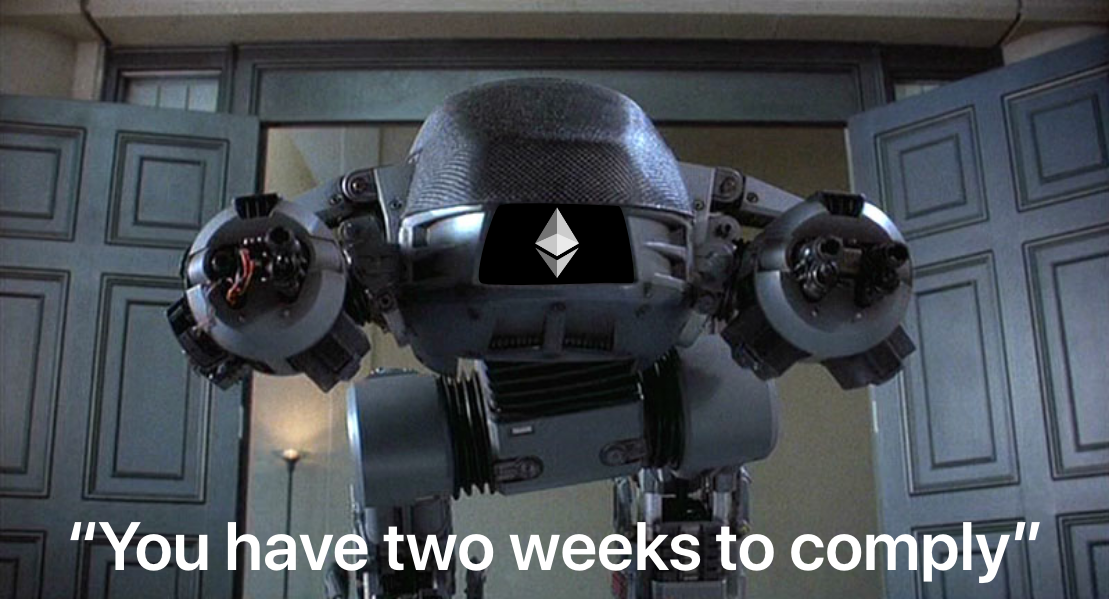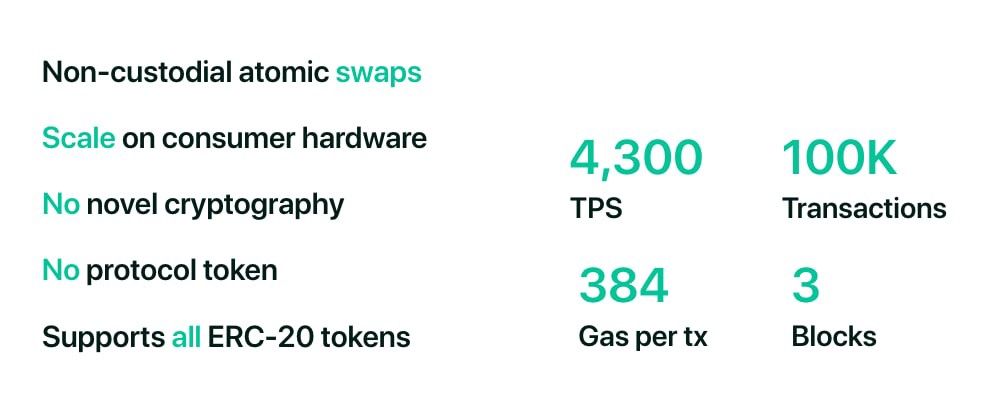The Future of L1 Ethereum
As the Ethereum Layer-2 (“L2”) space continues to grow, we will see a reexamining of what each layer’s purpose might mean. Ethereum has been largely inaccessible to the masses for some time due to, among other reasons, high transaction fees.
Who’s sticking around Layer-1?
As the Ethereum Layer-2 (“L2”) space continues to grow, we will see a reexamining of what each layer’s purpose might mean. Ethereum has been largely inaccessible to the masses for some time due to, among other reasons, high transaction fees. As L2s begin to alleviate this pain, many are beginning to ask what will the future hold for L1 Ethereum? What purpose will it serve?
As cheaper L2 scaling solutions come online in the coming months, projects will have to make decisions about accessibility and scale. We propose a new use for L1, as we begin a slow migration to other execution environments in the second layer. Once L2s become commonplace, L1 will be primarily used for (1) base issuance and settlement, (2) L2 creation, enabling censorship resistance and enforcement.
The Case for Base Issuance and Settlement:

We see L1 as being a place for base issuance and settlement of protocol assets. While L2 developers you will want maximal ability to advantage potentially many L2s as they grow and change while having your base assets unaffected. We recommend Ethereum L1 as a place for this activity.
How will this work in practice?
Initial issuance of the core assets and contracts can be deployed to L1. Then either dispersal, analogous contracts or related systems can be deployed to a given L2.
In this setting, your protocol can always function, even when many layer-2s are coming online, upgrading, or being phased out (as this will happen often).
What does this mean for developers?
- Always have deployment of your protocol and core assets on layer-1
- Use layer-2 to scale, increase access to your services and systems
- Have liquidity providers at the ready for exits, entries, and upgrades
The Case for Ethereum as a Enforcer for Layer-2s:

Ethereum L1 will continue to act as a valuable data availability and enforcement layer for rollups. We hope to see many new EIPs passed which can favor further rollup expansion and development in the coming quarters. L1 will continue to be more expensive to settle transactions on, and will be a place generally abstracted out from user experience altogether.
Layer-1 may also be a place for censorship resistance, to ensure all our layer-2s have the essential property of not being able to censor a specific user for any reason. Something we need more than ever in our technical age.
Conclusion:
The future remains bright for public blockchains, scalability, and the plethora of options Ethereum developers will have access to. We hope with this great power, developers can reach the mass adoption we have all talked about for so long but have yet to achieve.
What is Fuel?

Fuel is an optimistic rollup solution currently focused on high efficiency transfer and exchange of Ethereum digital assets, with full Ethereum-style smart contract support planned for late 2021.
Fuel Links:
Website fuel.sh
Github: github.com/fuellabs
Twitter @FuelLabs_
Written by: Nick Dodson, Fuel Labs Founder/CEO. @IAmNickDodson




